Motivosity is your key to automated, meaningful employee recognition. Whether you’re building your first recognition program or you’re ready to stop wasting time on a manual program, Motivosity can help.
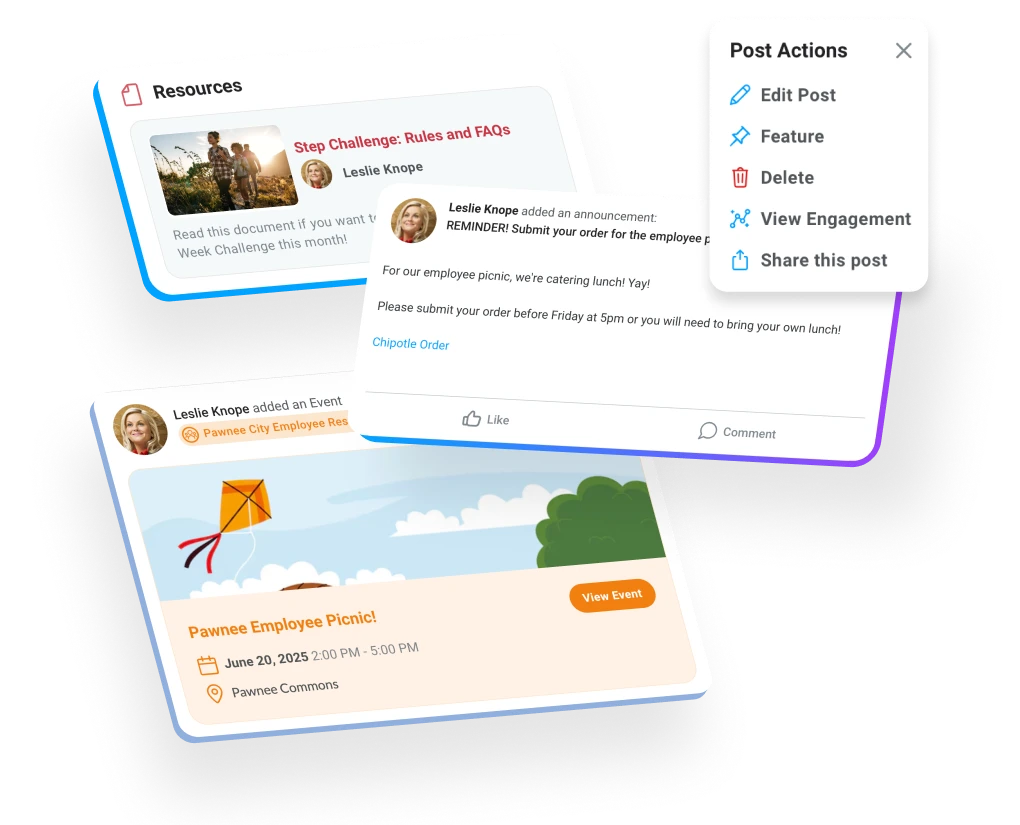
of employees say leader recognition boosts engagement most.
of employees say they would work harder if they felt appreciated at work.
hours of HR work saved every week thanks to program automation.
of HR professionals say employee recognition boosts retention.

Make sure every employee feels valued without wasting time on an outdated recognition program. With Motivosity, everyone has a chance for both their peers and their leaders to praise good work, improve relationships, and connect to company values.
Service anniversaries and birthdays are more than mere dates; they're opportunities to celebrate important employee milestones and reinforce connections. Make these special occasions easy and impactful, whether private or public. Customize celebrations with personalized messages, automated reminders, and custom rewards—ensuring every team member feels valued on their significant days.
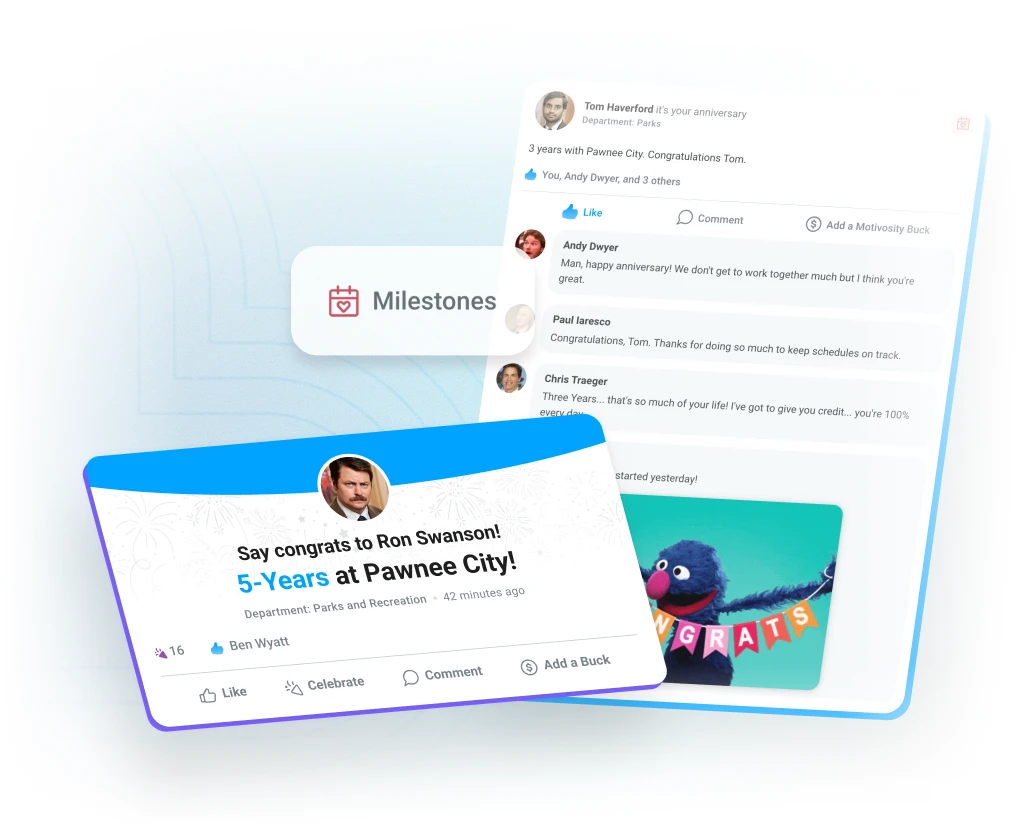
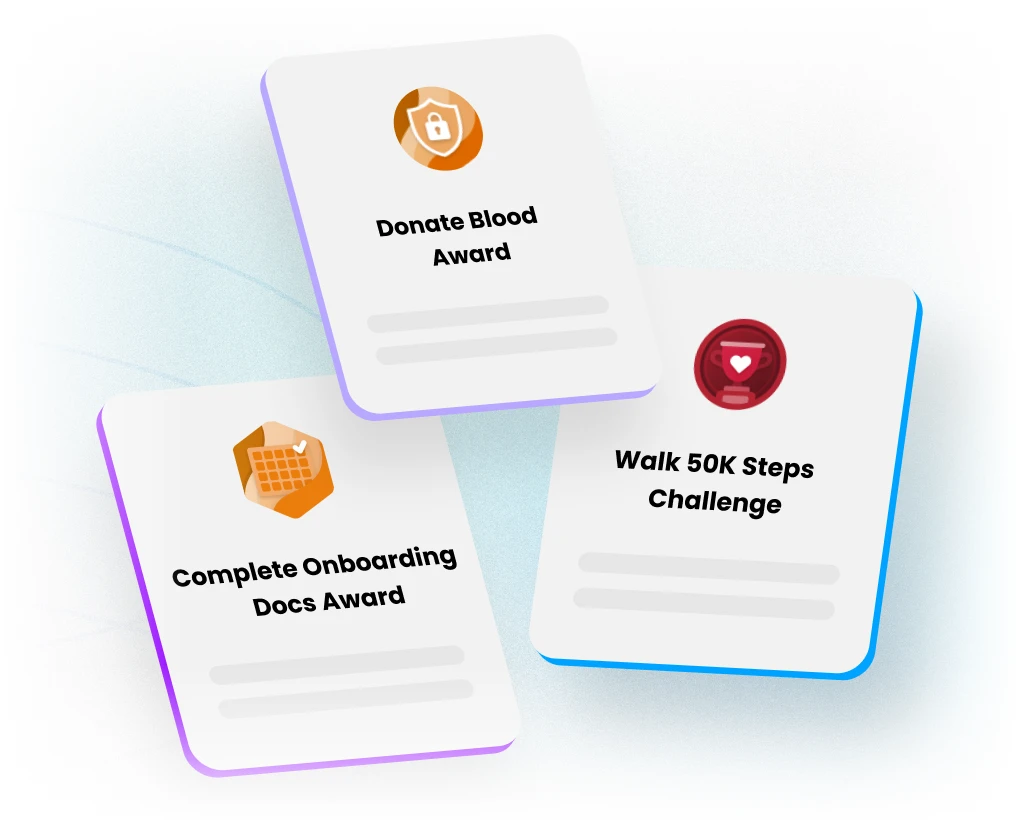
Create custom awards and challenges to boost participation and encourage engagement in employee programs. Awards and challenges can be added to a specific employee space, supercharging your people programs and giving your employees more opportunities to connect and engage.
"Old National Bank has always focused on building a culture of appreciation and belonging. Motivosity helps us scale that as we grow, keeping us connected and intentional about celebrating the moments that matter."

Team Member Experience & Culture Officer, VP

Watch how culture came to life at Craig Swapp & Associates using Motivosity.
Watch VideoPerfect for deskless teams, ThanksCards bring recognition to life with tangible, personal moments of appreciation. Extend your recognition program beyond a screen with physical cards that allow for a seamless digital redemption experience at the recipient's convenience. Add rewards, customize designs, and create templates for impactful moments of appreciation.
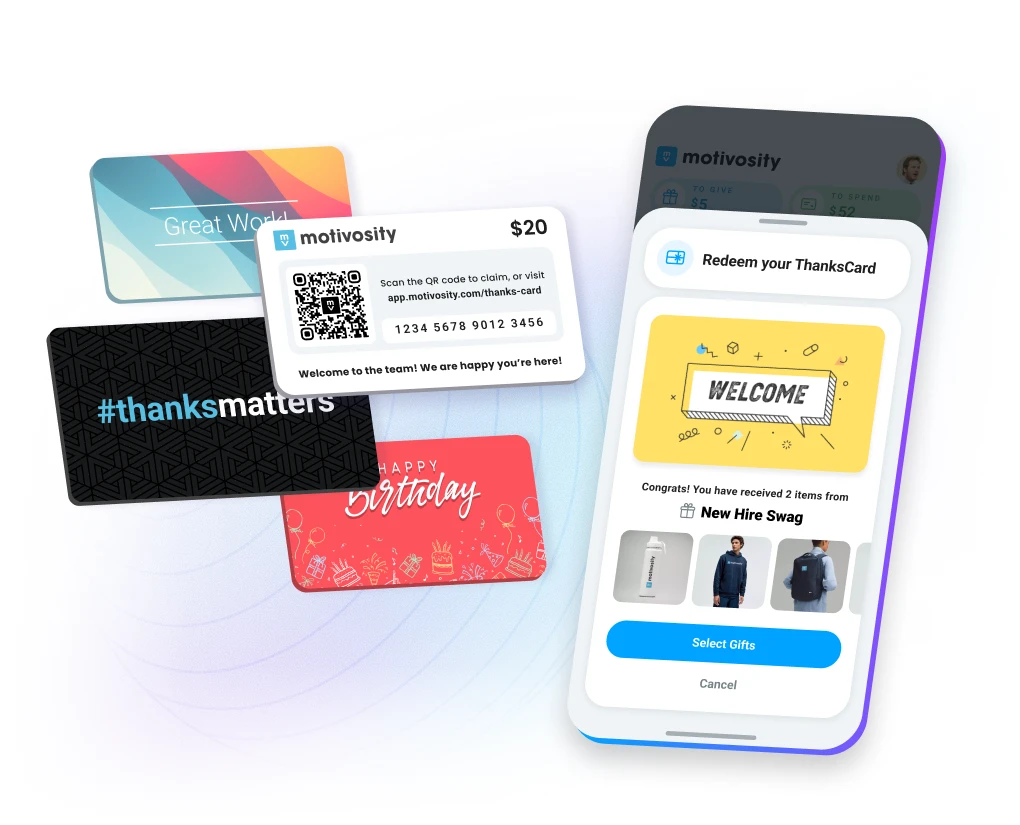
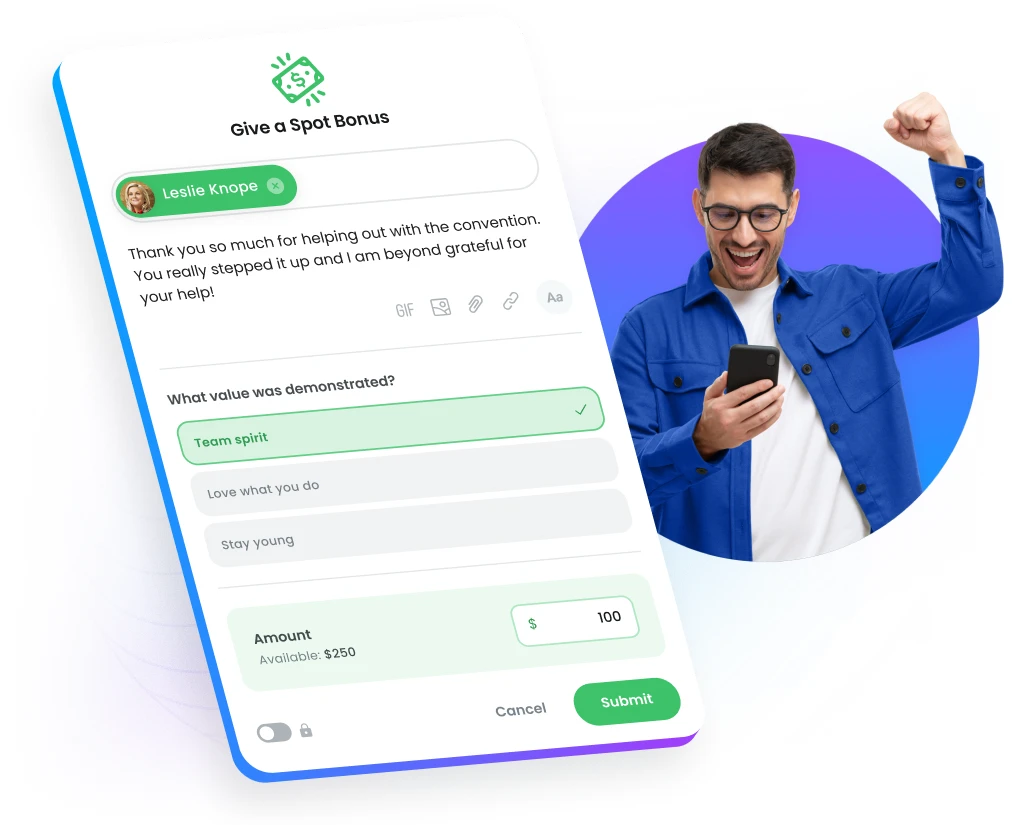
Don’t wait until end of the year or for a specific milestone to give recognition—especially when you need to recognize a big accomplishment. With Motivosity, you can easily give managers a budget and send spot bonuses in real-time, celebrating high impact moments like meeting last quarter’s quota, achieving a specific goal, and more.
Include everyone on your payroll with a recognition program that is supported in 238 countries and territories, enabled for 70+ languages, offers local gift cards, and boasts simple currency conversion. It’s easy to take your recognition global without a big administrative lift.
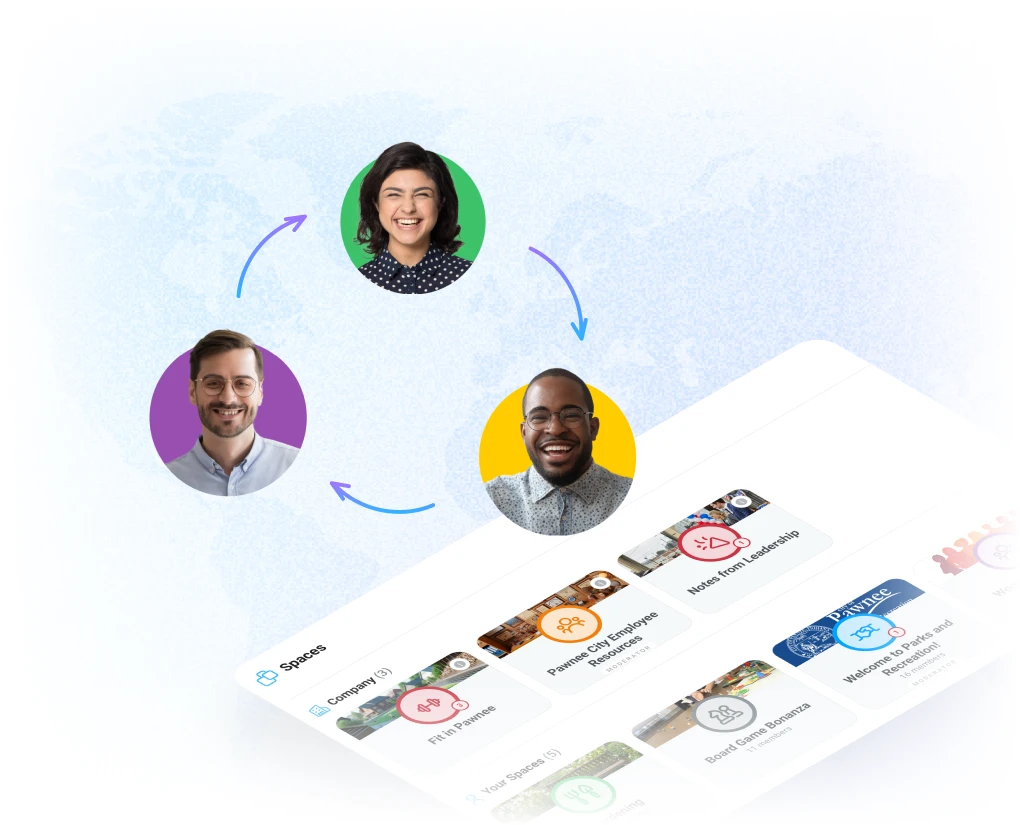
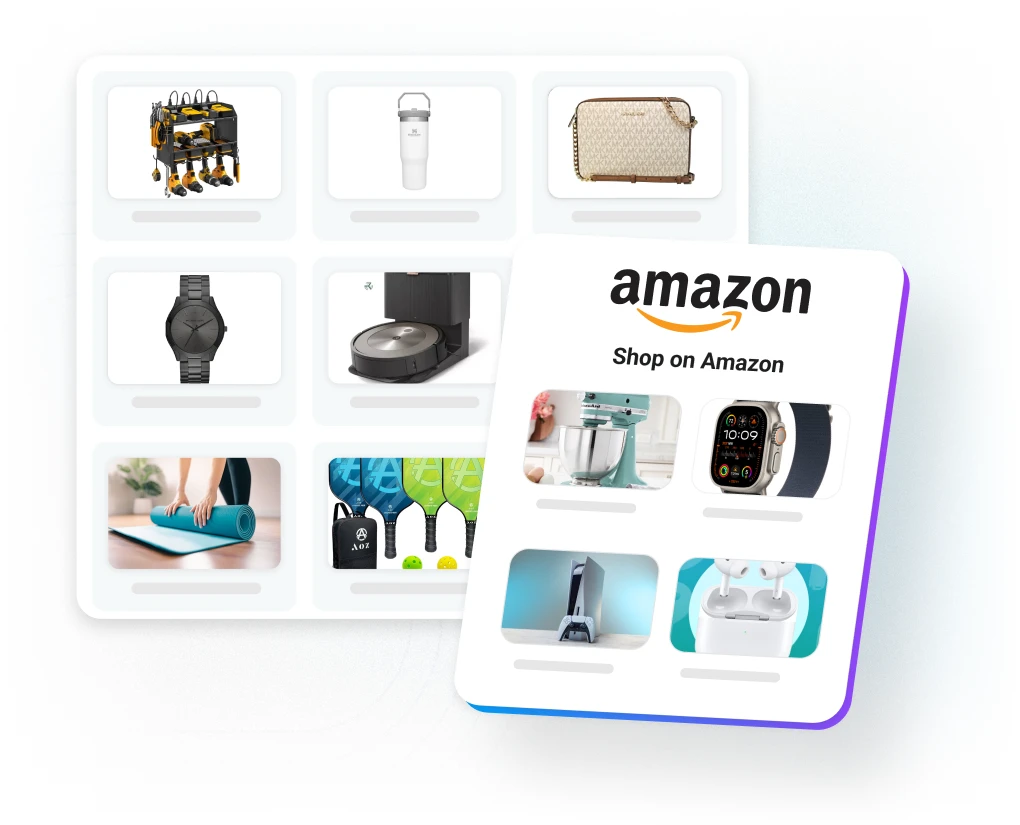
Make sure everyone gets the rewards they really want by ditching a single catalog of gifts and giving real dollars or points instead. Spend your rewards with the ThanksMatters Card, browse Amazon directly in Motivosity, or redeem them in our expansive global rewards marketplace of over 500+ Million options.
Gather better and more robust employee insights with Motivosity—find out how recognition is making an impact at your org, which programs have the best engagement, and more. With more robust reporting, and AI-powered insights you can make a real impact on your culture.
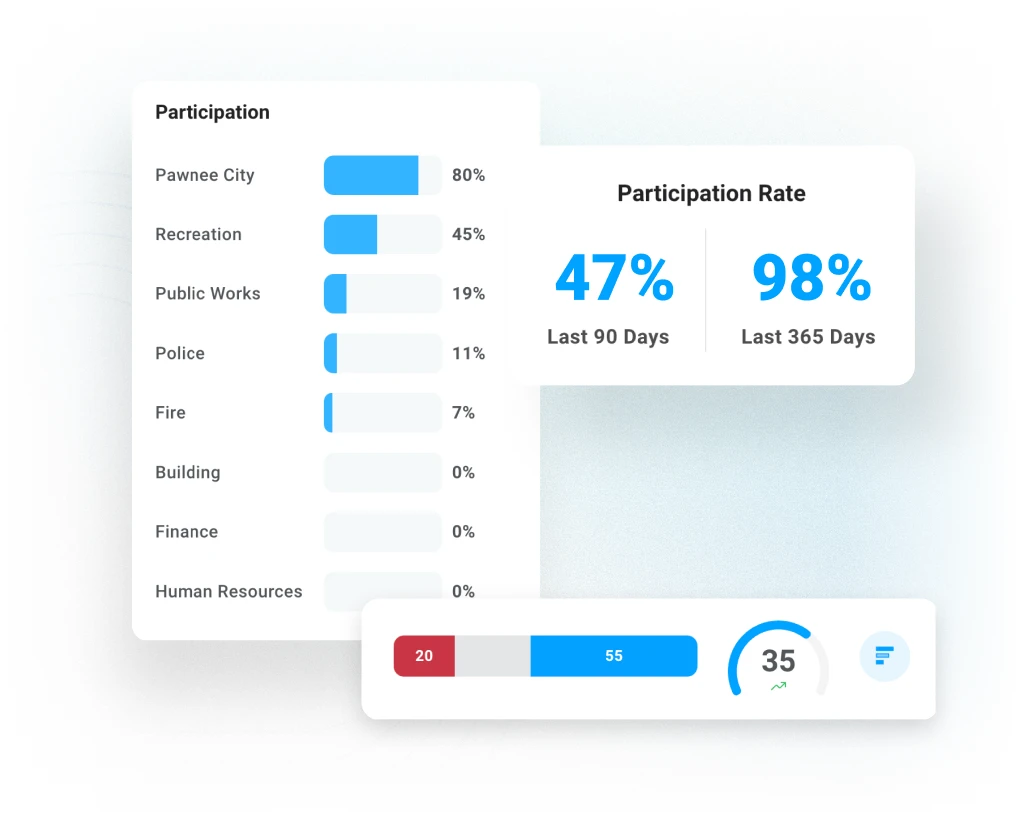
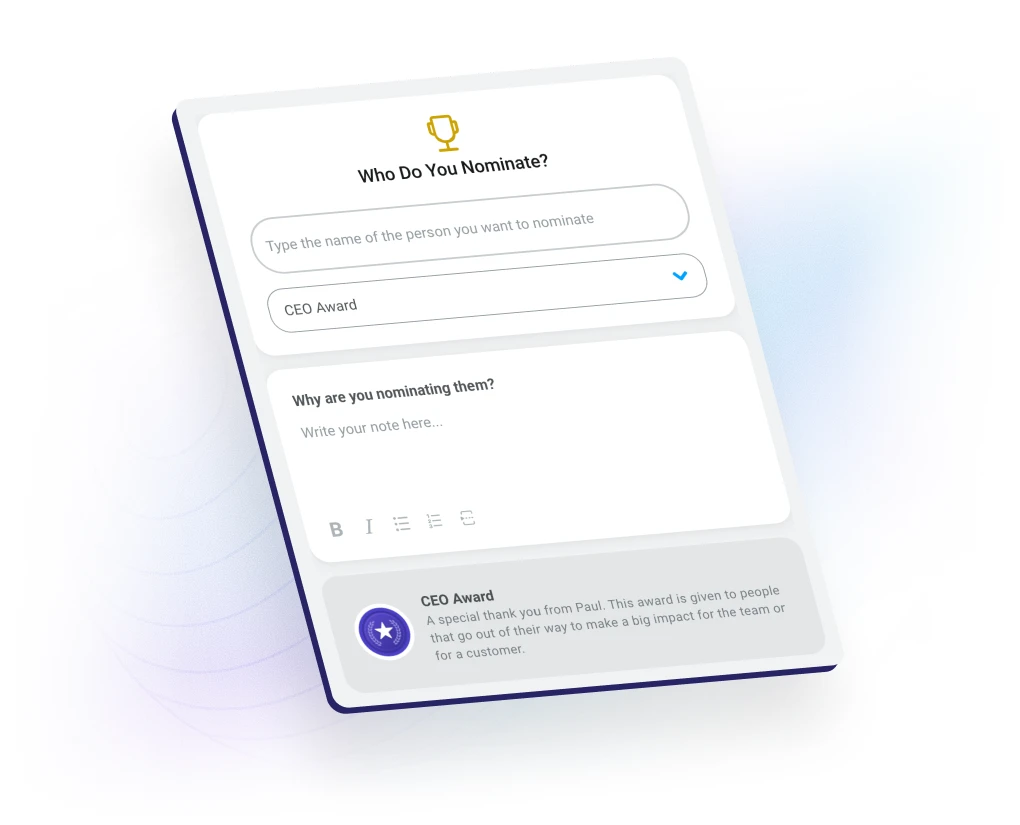
Leadership plays a pivotal role in nurturing a culture of recognition. Give your leaders an easy-to-use and time-saving tool to give value-based awards and badges that align with your organization's core values. Whether it's the MVP award, nominations, or something else—get your leadership team involved in your employee recognition program to inspire their teams and boost productivity.
Recognition isn't just about top-down acknowledgment—it's about fostering a culture of appreciation among peers. Motivosity helps you implement and administer a robust peer-to-peer recognition program that encourages your employees to look for (and celebrate) the wins. Peer recognition programs offer an inclusive approach that creates stronger relationships between your employees, all while increasing employee engagement and boosting your company culture.
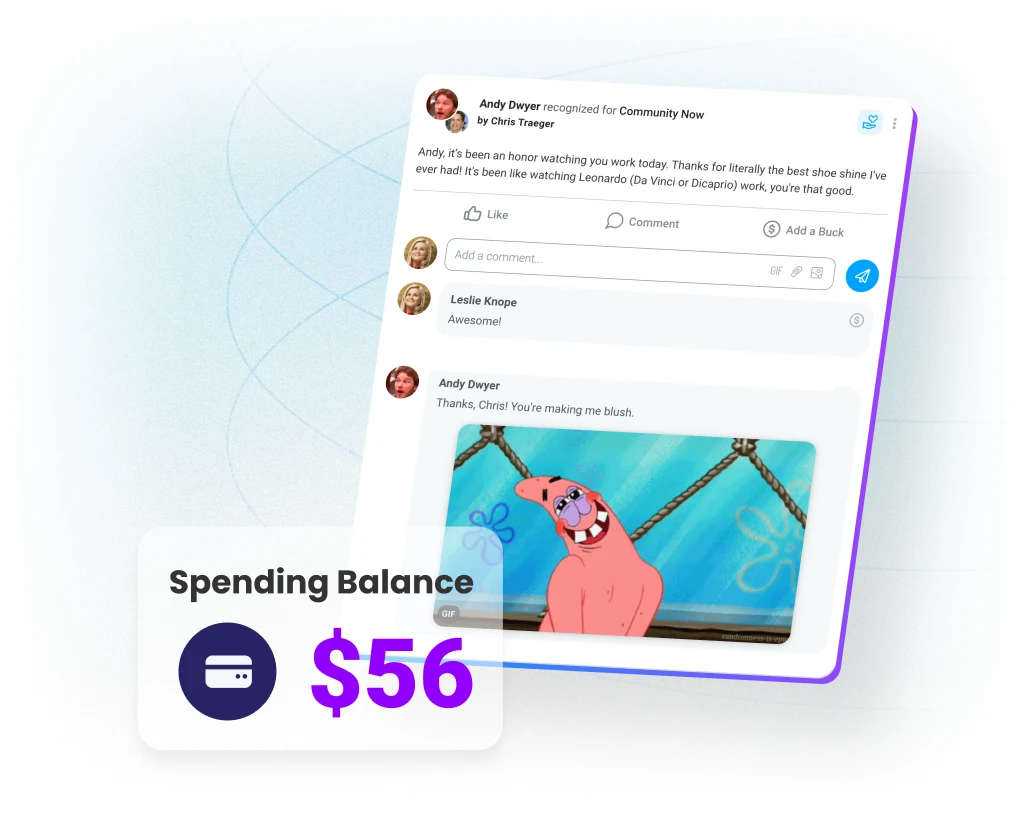
When people feel seen and appreciated, they show up stronger. Motivosity makes recognition effortless, consistent, and meaningful—helping you build a culture of gratitude that fuels engagement and performance.

Recognize great work in real time.

Connect teams through peer and manager appreciation.

Reinforce your values on a daily basis.
Motivosity is an all-in-one Recognition and Rewards platform.
